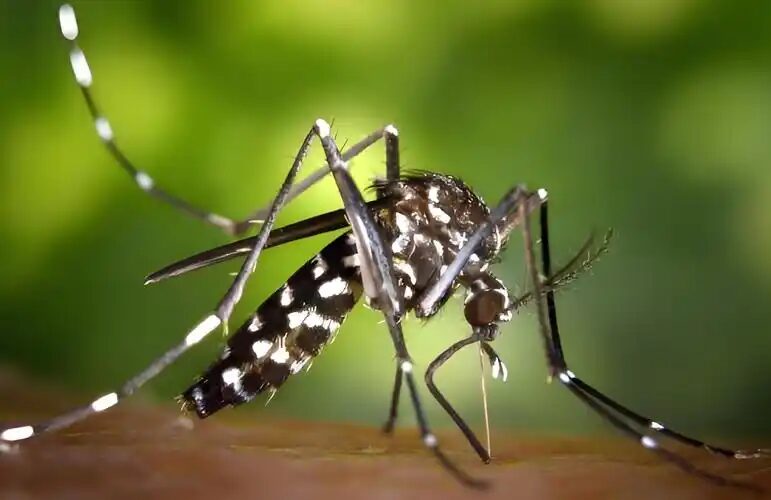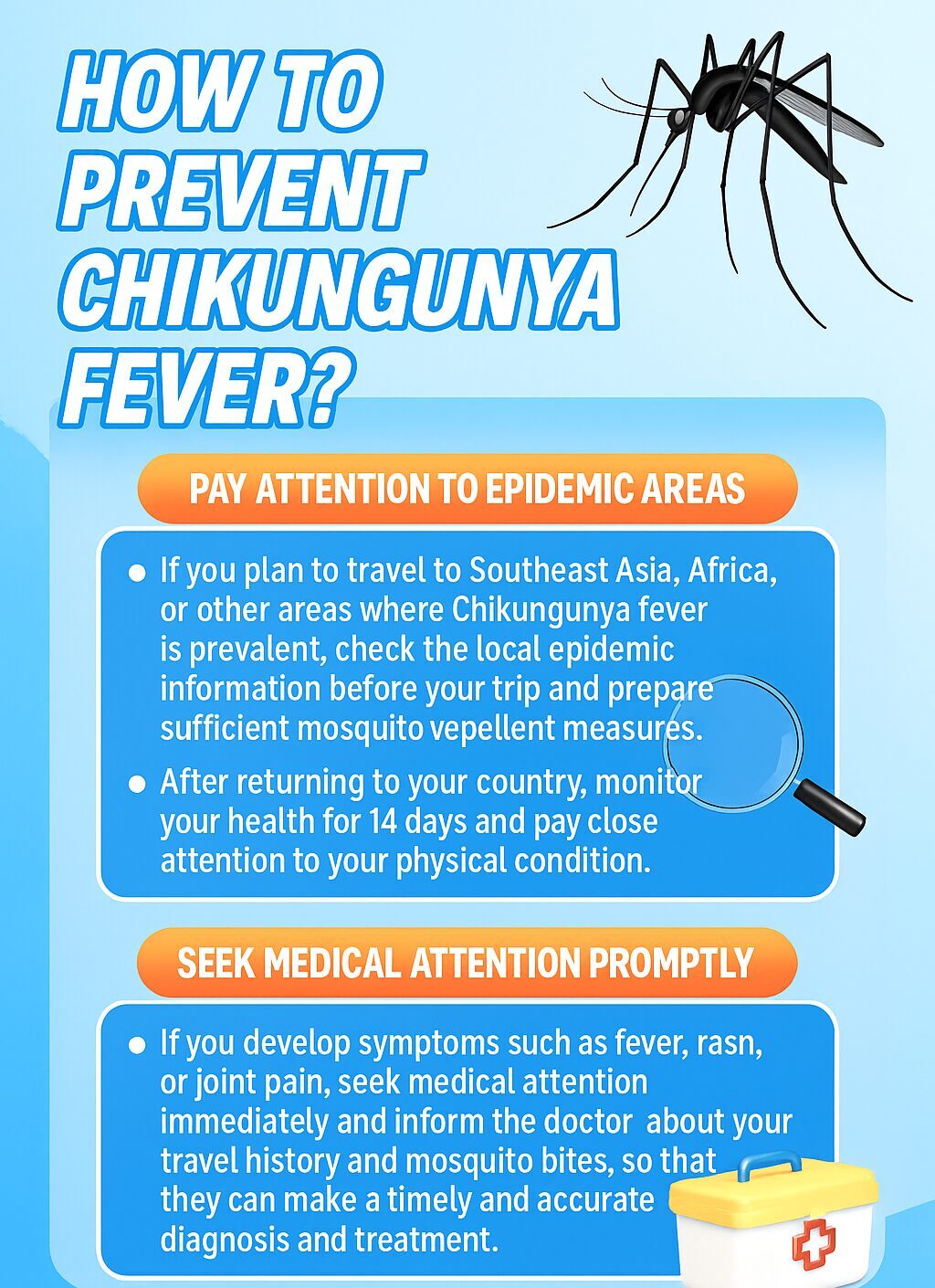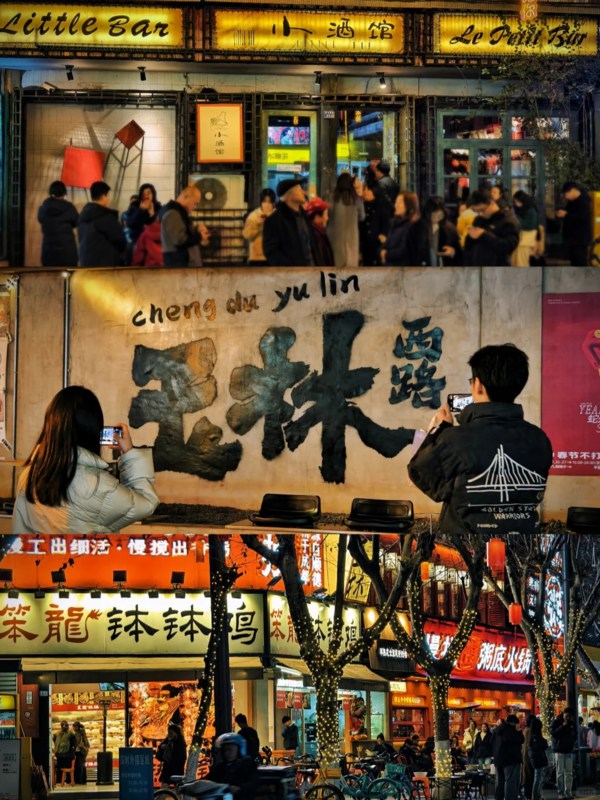On July 31, Foshan announced a Level 3 public health emergency in response to rising chikungunya fever cases. Now, just weeks later, officials say the outbreak is showing signs of control. Streets are busy, markets are open, and the city is balancing daily life with ongoing mosquito control. In this guide, we’ll break down the alert, what it means for you, and how the current situation in Foshan looks.

Virus-carrying Aedes mosquitoes
Outbreak Background and Official Reports
The first public notice about the chikungunya fever cluster in Foshan didn’t come out of nowhere—it was tucked into a short Guangdong CDC bulletin earlier this summer, the kind you might scroll past if you weren’t paying attention. But by late July, the numbers began to climb in a way locals couldn’t ignore. The city of Foshan quickly overtook others in the province, reporting more than 1,200 new local cases between August 3 and August 9, according to figures from CCTV News.
While smaller counts showed up in Guangzhou (just over a hundred cases in that same week) and scattered totals in Zhanjiang, Qingyuan, and a few coastal cities, the scale in Foshan was on another level. It wasn’t just a blip—it was more than 85% of the province’s weekly cases. Those maps on the health department site, with red clusters swelling around the city’s urban core, made it obvious this was the center of the storm. And yet, people still queued outside noodle shops, market stalls clattered on schedule. The numbers told one story; the streets, for now, told another.
More information on chikungunya is right here, helping you protect yourself better!
What’s the Situation in Foshan Now?

Foshan decides to launch a Level 3 public health emergency response
Level 3 Emergency Measures
Foshan activated Level 3 response on July 31. The city ran a seven‑day campaign from July 31–August 6 across 32 towns/subdistricts. Crews sprayed in the morning 7:00–10:00 and late afternoon 16:00–19:00. They worked lanes, parks, school yards, and market edges. It looked fast, direct, and frankly necessary.
The plan sorted every village and community into three groups. The first group got full-area treatments twice a day, with city-level crews working in tight formations. The second focused on outbreak zones and nearby streets, also sprayed morning and evening. The third kept up a regular sweep of outdoor hotspots—market corners, garbage collection points, places where water tends to sit.
Posters showed the so-called “Seven Measures in Seven Days”: light coils, hang nets, put up screens, dump water, clear trash, use repellent before heading out, and repeat. Official photos from “Foshan Release” even caught volunteers in bright vests, fogging machines on their backs, moving like a slow mist through a neighborhood. You could almost smell the chemical tang in the air, and for once, people didn’t complain—it felt like the city had its hands firmly on the reins.
Downward Trend in Daily Cases
By the first full week of August, the tone from health officials in Guangdong felt…lighter, if that’s the right word. Numbers from the provincial CDC showed 1,387 new local chikungunya cases between August 3 and August 9, but the detail that mattered was what wasn’t in the report—no severe or fatal cases. Foshan still carried the bulk of the weight, with 1,212 of those cases, yet daily tallies had started slipping instead of climbing.
Provincial disease control expert Kang Min described Foshan’s once-steep curve as “initially contained,” with control measures now holding steady. Guangzhou’s count for the week was just over a hundred, Zhanjiang logged 39, and the rest were scattered single or low-double digits across the map. It’s not “mission accomplished”—Kang was quick to mention the wide geographic reach of the virus, the global surge in cases, and the fact that typhoon rains in summer keep mosquito activity high. But if you’d been here a month earlier, you’d feel it too: that small shift in air when a fire’s heat starts to fade, even if the embers are still glowing.
Key Information on Chikungunya for Visitors

Preventing chikungunya fever
Current Travel Status and Risk Overview
Right now, Foshan hasn’t gone into lockdown. The streets stay busy, cafés spill out onto the pavements, and tourist spots—from Zumiao Temple to Lingnan Tiandi—are still open. Hotels welcome guests as usual, and you won’t find checkpoints blocking entry.
The city is under a Level 3 public health emergency, which means teams are spraying for mosquitoes in parks, alleys, and markets. You might notice volunteers in bright vests, hanging posters about keeping water containers empty. This is all part of keeping the risk down without stopping daily life.
If you’re planning a trip, check updates from the Foshan CDC and WHO every few days. The latest numbers show cases have slowed, and officials say the outbreak is under better control now. It’s more about staying alert than staying away.
Understanding Chikungunya in China
Chikungunya fever isn’t something you see year-round in China. Outbreaks mostly happen in the south, especially Guangdong, and this year Foshan is the main focus. Most of the current cases are local, not imported from overseas, which makes community control more important.
The illness usually starts with a sudden fever, joint pain, and a rash. Many people recover in a week or two, though some might still feel stiffness in their joints for weeks after. It’s unpleasant, but doctors here say most cases are mild when treated early. Clinics in Guangdong are familiar with the symptoms, so you won’t struggle to get help if you seek it promptly.
The WHO lists chikungunya as common in tropical and subtropical regions. Guangdong’s climate is similar to those zones, but the province has already stepped up mosquito control and public health campaigns. That’s why, even with the current spike, the risk for travelers who take precautions stays relatively low.
Personal Protection and Prevention Tips
In Foshan right now, the mosquito control campaign isn’t just for locals—it works for visitors too. The city promotes the “seven days, seven actions” rule: hang mosquito nets, light coils at night, clean up standing water, fit window screens, clear out trash, apply mosquito repellent when going out, and keep both indoor and outdoor areas free of breeding spots.
If you’re traveling, pack DEET-based spray, long-sleeved clothes, and portable mosquito-repelling tablets. They’re easy to find at supermarkets like Walmart or local pharmacies. Wear light-colored fabrics; mosquitoes seem to prefer darker shades. Many locals also carry small fans during evening walks—not just for heat, but to keep mosquitoes from landing.
Avoid staying outdoors during early morning and late afternoon when mosquitoes are most active. If you plan to visit open-air spots like Lingnan Tiandi, choose shaded seating with fans or sit near gentle airflow. Small habits like these make your trip feel safer and more relaxed.
Frequently Asked Questions (FAQs)
Q: Can I still visit rural villages around Foshan during the outbreak?
Yes, but take extra mosquito precautions. Rural areas may have more breeding sites like ponds or rice fields. Wear long sleeves, use DEET-based repellent, and avoid staying outdoors during mosquito peak hours. Local guesthouses usually provide mosquito nets, but check in advance.
Q: Are luxury hotels in Foshan taking special measures against mosquitoes?
Most high-end hotels have intensified pest control—like fogging gardens and installing better screens. Some even provide complimentary repellents in rooms. If you’re sensitive to mosquito bites, ask for a room on a higher floor.
Q: Is it safe to eat at outdoor night markets in Foshan right now?
It’s generally safe if you protect yourself from bites. Bring repellent, choose well-lit stalls with fans, and avoid wearing dark clothes. Many night markets now spray the area before opening.
Q: Does Foshan provide free mosquito repellent for visitors in public places?
In some tourist hotspots and parks, yes. You might find free repellent stations near entrances, especially in summer. But don’t rely on it—carry your own for convenience.
Q: Will chikungunya fever affect public transport services in Foshan?
No major disruptions have been reported. Buses and the metro operate normally. However, stations may have public health posters and occasional inspections.


